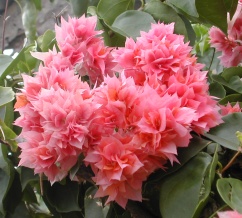HA'APAI

SV Silver flying by
Our next sail within Tonga was our passage from Vava’u to the Ha’apai group. We somewhat cut corners on both the beginning and end of this passage, and it made it much nicer.
When we left Vava’u, we checked out of Neiafu, as required, but we did not actually leave Vava’u that night. We went to the southernmost island within Vava’u – Maninita Island – and spent the night there. When the sun came up, we headed for the northernmost island in the Ha’apai – Ha’ano – rather than Pangai, Lifuka where we were required to check in. This cut about 20 miles off our passage and enabled us to do it as a day sail rather than an overnighter.
This would have been a beautiful sail if we only could have sailed. But we didn’t have enough wind, so we motorsailed all the way. But when we could ignore the drone of the diesel, it was a nice passage nonetheless.
We saw a few whales breaching nearby, and we had one breach just off our starboard beam. This one was so close that we heard it before we saw it.
All along the way we saw the roe and sperm of the pololo worm. It was a coincidence that we were out the morning following this annual event. This occurs on the seventh night after the October full moon – October 24 this year. The pololo reef worms secrete massive amounts of roe and sperm that color large patches of water a golden brown. At times it was difficult to discern this from shallows, but after a few hours, the difference became a bit more obvious. Quite a sight.
We also saw a huge – probably at least 80′ long – sailboat that flew across our stern. The boat, Silver, had a big four-spreader rig and looked like a speed demon. We don’t know anything about the boat other than she is fast – real fast.
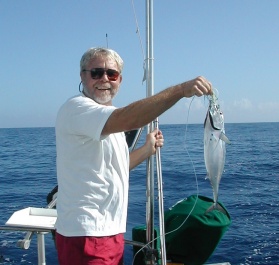
Fish Slayer returns
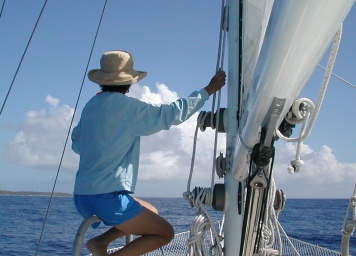
Eyeball navigating through the coral
But the big news from this passage is that Fish Slayer caught three fish. Three! They were all just skipjack tuna, which we don’t particularly like, so we threw them back. But catching three fish means that the Fish Slayer is back, and fish should be trembling as we sail near.
As we neared shore, we resumed eyeball navigation through the coral-studded waters of the Ha’apai, but it was not particularly difficult. The water is so clear that the coral heads are easy to see. Before dark, we dropped our anchor at Ha’ano Island – the northernmost island of the Ha’apai group. I wish all passages could be made as daysails…
The Ha’apai group is comprised of 62 islands. The islands include barrier reefs, shallow lagoons, coral shoals, and even active volcanoes, but most are small low-lying coral atolls. The size of the smallest island is less than 1 hectacre, and even the largest island is less than 18 square miles. The total land mass of the Ha’apai group is less than 43 square miles, and those islands are spread over less than 4,000 square miles of ocean.
There are east-west passes between islands which somewhat separate islands in to groups. However, the Ha’apai islands are most obviously separated in to an east and west group. The eastern islands are a series of barrier islands running north-south, and the western islands are individual islands. However, the east-west passes between the barrier islands do define the ‘soft’ boundaries between the four groups of western islands. From north to south, the western islands are sometimes described as the northern group, Lulunga group, Nomuka group, and southern group.
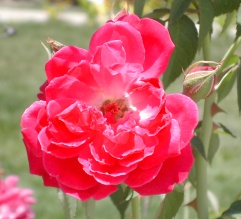
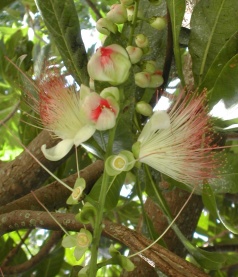
Of the 62 islands in the Ha’apai group, only 17 are inhabited. On those 17 islands, there are approximately 8,000 people settled in 30 villages. As throughout Tonga, all but a few of the population are of Polynesian descent, and almost all are active members of a Christian church.
There is limited infrastructure in this island group. Only the four largest islands have electricity. The other islands are without electricity, running water, or telephones. And even the largest islands with electricity do not have television.
Income for these islanders is from agriculture and/or fishing. However, as in much of Tonga, the largest source of income is remittances from family members living abroad.
Much of the history of the Ha’apai parallels that of all of Tonga, but the Ha’apai also has a remarkable maritime history.The maritime history of the Ha’apai includes the well-known explorers Captains Tasman, Cook, and Bligh. It also includes the lesser known, but equally interesting, William Mariner. Recognition of these mariners is found throughout the Ha’apai group, especially in the administrative center of Pangai.
The village of Pangai is on the island of Lifuka – one of the barrier islands. Pangai is the administrative center of the Ha’apai group, so that is where we ‘officially’ began our visit to this island group. In the Ha’apai we visited Ha’ano Island, Lifuka, Ha’afeva, Nomuka Iki, and Kelefesia. We had thought that this part of Tonga would be a dive fest, and as it turned out, we didn’t do any diving at all – a disappointment. But we still enjoyed our travels through this relatively isolated (even by Tongan standards) group of stunningly beautiful islands.
